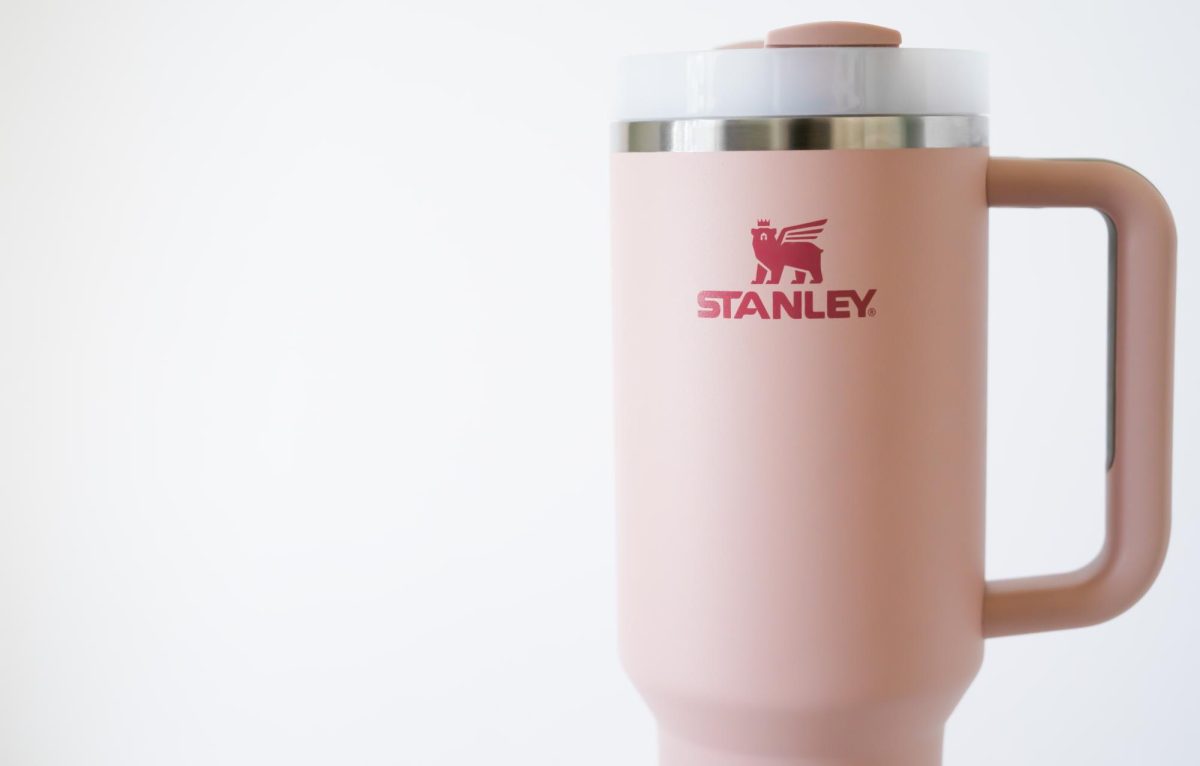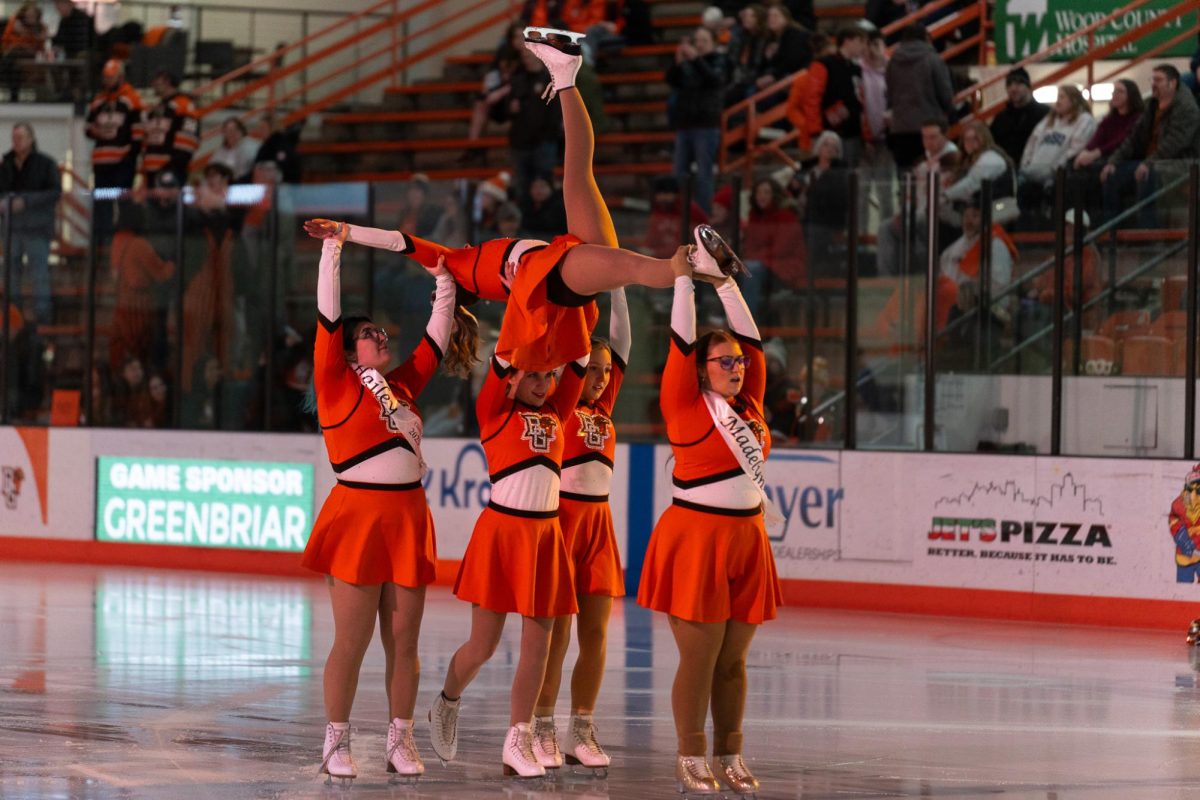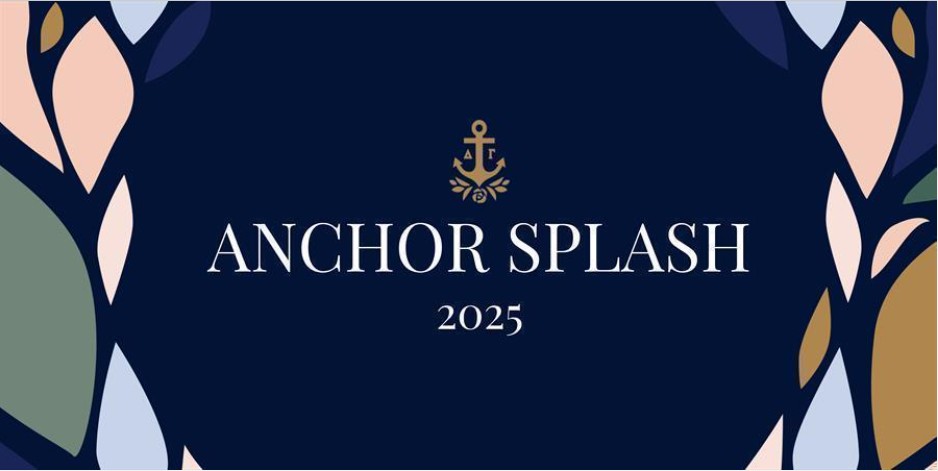While attending spring semester classes, many students have been spotted with a recent cultural staple: none other than the prolific Stanley tumbler.
Stanleys are now a status symbol, according to American Culture Studies Assistant Teaching Professor Jenna Sule.
“If you have a Stanley cup, you are positioning yourself in a place in society as someone who can afford it. They’re also like $45-50 a pop, so even if you have two of them, that’s almost like a hundred dollars on a cup, which is a class status. It’s a class symbol,” Sule said.
Materializing as the ultimate ‘must-have’ item of 2024 has brought concerns to light about whether it’s healthy for young adults and teens to be influenced to purchase the Stanley at such high rates. Is criticism for the $45 tumbler well-earned?
“I do think there is some danger with any class symbol. My partner works in a public school and among teenage girls, the girls who can’t afford Stanley cups are treated noticeably differently. While I do think that is harm, I don’t think that is new or distinct harm. Growing up it was the same with the kids who couldn’t wear Hollister because they were too poor,” said BGSU American Culture Studies Assistant Teaching Professor William Walton.
“It’s always gonna be something. Just now it’s Stanley cup,” said Sule.
The collaboration between Starbucks and Stanley in early January had fans- the majority women- waiting in cue outside Target hours before the store opened spawning viral videos of people running into the building for the pink tumbler. Since then, the tumblers have been reselling online for over $300.
An overseen backlash to the Stanley craze has been feminized consumer culture. According to the National Women’s History Museum, feminized consumer culture sprouted from the roots of the Industrial Revolution, when mass production of goods became readily available to the public. At that point, products became specifically targeted toward gendered audiences.
“Right now it’s against this Stanley cups, but it really becomes against anything that is a product that is particularly popular with women and it’s men really online, tend to be younger men, pretending like they don’t do the same things with their own products. I’ve seen Magic the Gathering cards go for thousands of dollars. And that to me says that the motivation here isn’t genuine criticism of consumer culture. Because if it were genuine criticism, it wouldn’t be gender they would be targeting,” said Walton.
Last week, social media uproar over lead infiltrating Stanley beverages brought the company to speak on such matters. Stanley made a statement to BGSU affiliate WCNC stating they have met all ‘U.S. regulatory requirements.’
“I definitely think I wouldn’t have got a Stanley if it didn’t go popular on TikTok. I’ve never thought about it that way before like ‘Yeah I have the Stanley, so I fit in.’ But I definitely don’t think I would have got one if it didn’t go so viral,” said third-year undergraduate Biology major Morghan Musselman.








